
Secure alarm systems with IoT technology
Wireless Logic supports NUVASAFE with secure SIMs, preventing jamming and communication interference.

Many companies still rely on analogue CCTV to protect their workplaces and buildings. These older systems can be inaccessible and expensive to maintain. IoT has facilitated a mesh of networks where each device talks to each other, exchanging data about the area which they overlook, instead of leading only a two-way dialogue by sending and receiving data to and from the control panel/centre. Smart cameras and connected applications can process visual information without human intervention, opening the door for the adoption of many automated processes.
When data from connected solutions is aggregated and analysed to predict behaviour or hinder undesirable activities, that’s when the real value can be unleashed.
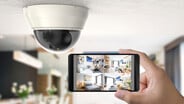
Monitor an area in real-time and act quickly on security alerts.

Easily manage entry and exist credentials, facial recognition etc.
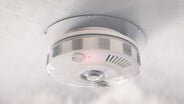
Set sensors to work round the clock to detect intrusion, motion, smoke, gas or water leaks.

Utilise wearable technology that captures footage, and monitors the wearers wellbeing.
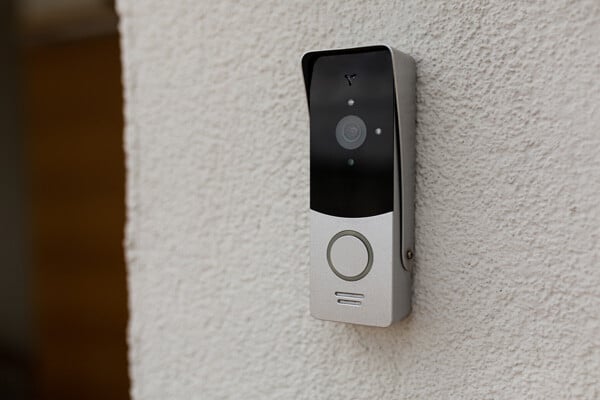
Smart security systems are in high demand across a range of spaces, including commercial buildings, factories, warehouses and public transport. They are being leveraged in various ways, such as facility monitoring, assessing footfall, observing changes in environmental conditions, tracking suspicious individuals which allows quick action without the need to review footage. These machines are able to record and analyse video data in one go and they can provide security managers with deep insights instead of single pieces of information. This will significantly improve security and security-related processes in many areas and industries by enabling faster and more insightful response to any sort of incidents.

So whether it’s signalling for support in emergency situations, making sure they’re always accounted for in the field, accessing files and collaborating with colleagues, dialling out to ask for a second opinion, or receiving calls that give them critical information, lone workers with IoT can work worry-free wherever they go.

Streaming video is notoriously data hungry. The huge step-up in speed and bandwidth offered by 5G is set to eliminate that problem. There is now the potential to have thousands of cameras in a deployment all streaming UHD video in real time. Because a 5G network can carry massive amounts of data at lightning speeds over wide areas, it is also set to revolutionise analytics and machine learning, giving rise to new functionalities and business applications.
Alternatively LPWA cellular options like LTE-M and NB-IOT which help improve battery life across devices are often the primary choice for lone worker devices.
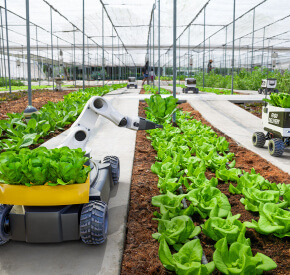
Our IoT solutions enable precision farming, optimise resources and improve yields through data-driven decisions for smart, sustainable operations.

Our IoT solutions offer remote control, real-time monitoring and automation of wearables, home appliances and digital assets for enhanced convenience and security.

Our IoT solutions enable predictive maintenance, optimise distribution and support smart grids, enhancing reliability and sustainability whilst reducing costs.

Our IoT solutions offer critical data for environmental protection, regulatory compliance and sustainable resource management, fostering a healthier ecosystem.
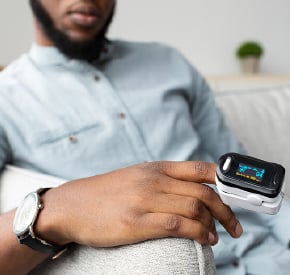
Our IoT solutions enable real-time patient data, predictive maintenance of smart devices and better treatment outcomes for personalised healthcare.
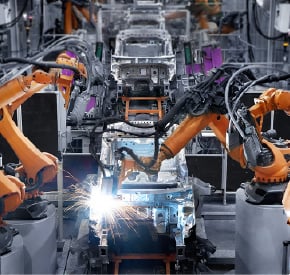
Our IoT solutions improve efficiency, reduce downtime and enhance quality control, transforming operations into smart manufacturing processes.
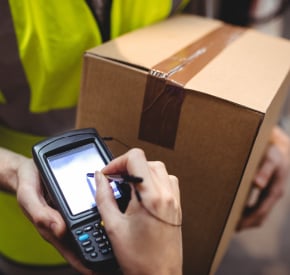
Our IoT solutions optimise supply chains, reduce costs and improve delivery accuracy for better reliability and customer satisfaction.

Improve service delivery and operational efficiency with smart infrastructure, real-time data and automation for a safer, sustainable community.
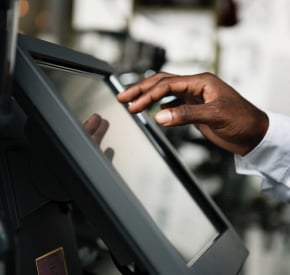
Our IoT solutions optimise stock management, support sales strategies and provide a seamless, personalised shopping experiences.

Our IoT solutions offer comprehensive coverage, improve incident response and enable proactive threat detection, protecting people and assets.

Our IoT solutions optimise energy use, enhance occupant experience and reduce costs for sustainable, intelligent building environments.

Our IoT solutions enable local authorities to improve urban living, through real-time analytics, connected infrastructure and automated services.

Our IoT solutions reduce downtime, improve delivery services and boost customer satisfaction driving innovation and sustainability in transportation.

Wireless Logic supports NUVASAFE with secure SIMs, preventing jamming and communication interference.

Wireless Logic provided Avire with SIMPro, secure connectivity, optimizing lift management performance.

Wireless Logic enabled Securitas to deliver an always-on solution ensuring lone worker safety.
